Politics
India eyes nuclear-powered carrier, home-built navy jets in 15-year defence plan
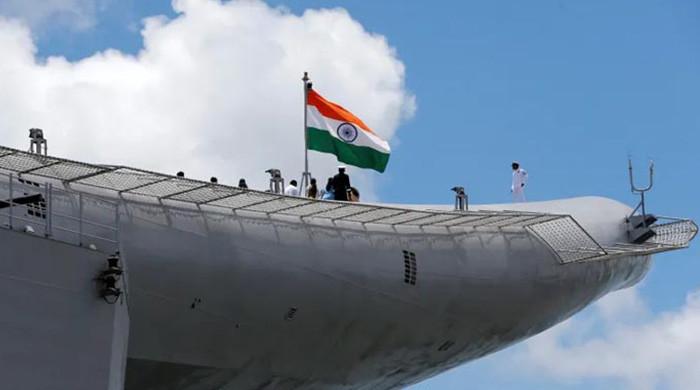
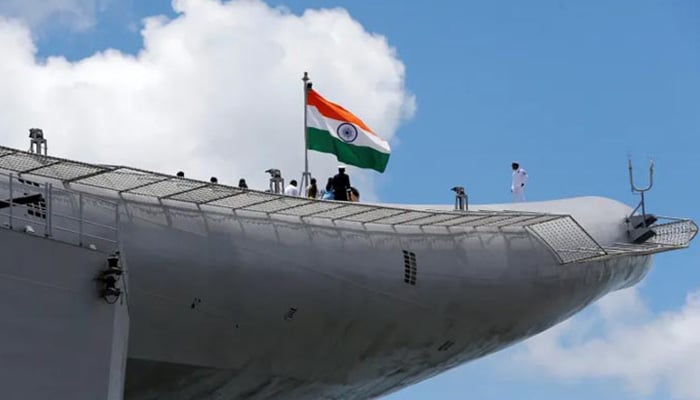
- India may build a third, nuclear-powered aircraft carrier.
- Roadmap includes first use of domestic fighter jets on carriers.
- Emphasis on drones, widely used in recent conflict with Pakistan.
India could build its third aircraft carrier, to be nuclear-powered, as part of a 15-year defence modernisation plan announced on Friday that also includes the use of Indian-made fighter jets by the navy for the first time.
Bordered by strategic rivals China and Pakistan, both of whom India has clashed with in deadly fights in recent years, New Delhi is increasingly leaning on domestic defence companies to bolster capabilities and cut dependence on foreign suppliers such as Russia, France and the United States.
“As the nation stands on the threshold of embracing greater challenges and responsibilities in the forthcoming decades, it is but imperative that the Services be equipped accordingly,” said the defence ministry’s 2025 roadmap.
“Greater private-public sector partnership is thus the road ahead.”
India currently operates two aircraft carriers, one of Russian origin and the other home-built. The proposed carrier is expected to be nuclear-powered, a first for India, for longer reach and stealthier operations.
The document outlines the need for at least 10 nuclear propulsion systems to support the carrier and other future warships, underscoring India’s ambition to expand its strategic reach across the Indian Ocean.
India also plans to induct an unspecified number of new-generation twin-engine, deck-based fighters and light combat aircraft, both being developed by state-owned Hindustan Aeronautics Ltd for the navy.
In April, India signed a deal with France worth 630 billion rupees (about $8 billion) for 26 Rafale-Marine twin and single-seat jets, made by Dassault Aviation, to be deployed on its two carriers: INS Vikrant and INS Vikramaditya.
India hopes to have 62 Rafale jets in service by 2030, including 36 for the air force that started arriving in 2020. Currently, the carriers deploy a fleet of Soviet-origin MiG-29K.
The roadmap also anticipates procuring two electromagnetic aircraft launch systems, developed for the US Navy to launch aircraft from carriers using electromagnetic forces instead of traditional steam catapults.
It also places a big emphasis on drones that played a key role in a May military conflict with Pakistan.
India has budgeted spending of about 6.81 trillion rupees ($77 billion) on defence this fiscal year. It is the world’s fourth biggest defence spender after the United States, China and Russia, according to World Bank data.
Politics
The year of 2025 is ‘failures and defeats’ for Indian foreign policy
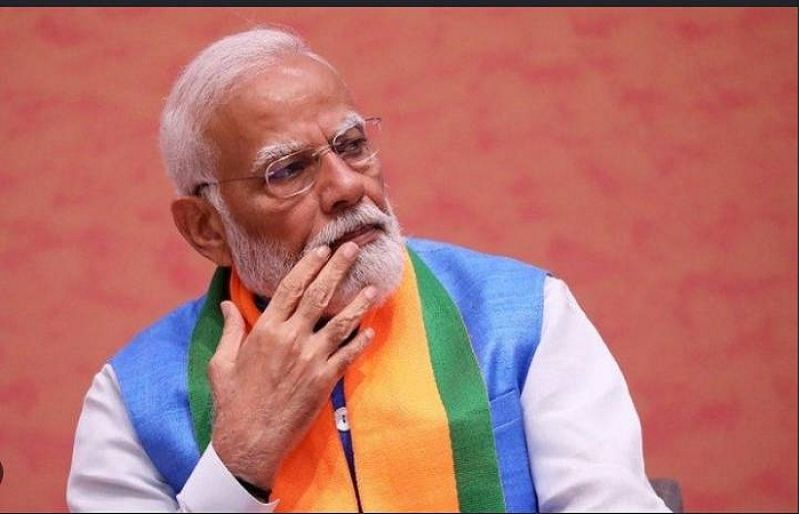
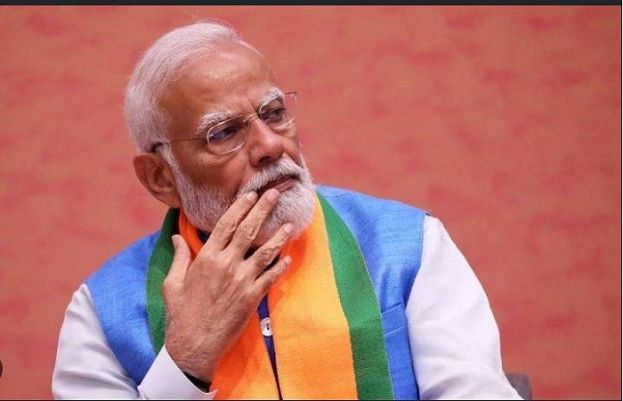
The year 2025 ended as a year of failures and defeats in Indian foreign policy as New Delhi faced a barrage of diplomatic setbacks at the global leve.Expectations in India related to Prime Minister Narendra Modi failed to materialize.
Indian newspaper The Hindu described 2025 as a year of broken promises in the country’s foreign policy due to failure to meet expectations.
According to The Hindu, symbolic diplomacy, personal relationships and narrative-building could not prove to be a substitute for real economic, military and diplomatic power.
According to The Hindu newspaper, India made promises not only to itself but also to its partners that it did not have the influence and power to implement.
On relations with the US, The Hindu newspaper says that 2025 has proven to be the most difficult year for India this century.
The 25 percent tariff, additional restrictions on Russian oil and H-1B visa bans have proven that India’s partnership with Washington is conditional and self-serving.
According to The Hindu newspaper, India has been reduced to a limited role in the US National Security Strategy 2025 compared to 2017.
Despite all the high-level meetings regarding China and Russia, no tangible security progress could be made on the Line of Actual Control.
Investment barriers remained and India remained limited to a mere symbolic presence.
In the energy sector, The Hindu newspaper clarified that India backtracks on Russian oil deal under US pressure.
The Hindu newspaper calls Pahalgam false flag operation a serious security failure.
It was also admitted that there was no global diplomatic support for Indian military operations after the Pahalgam attack.
The silence on aircraft losses after the Indian operation damaged India’s reputation.
The announcement of the Saudi-Pakistan bilateral defence agreement was an additional blow to India.
According to The Hindu newspaper, Indian analysts now consider Pakistan’s leadership to be “tough and capable of organizing”.
The Hindu newspaper admits that India-Bangladesh relations have reached their highest level ever.
Finally, The Hindu newspaper warns that India is moving away from the “Vishu Guru” narrative and towards the “Vishu Victim” one.
According to the newspaper, India’s blaming of others is the biggest obstacle to reform and realistic policymaking.
According to experts, The Hindu newspaper has exposed India’s weak diplomacy.
India must understand that only showy diplomacy cannot achieve practical results.
The newspaper’s admission of diplomatic failure confirms Pakistan’s position that India’s foreign policy is mostly based on optics, not practical results.
This analysis by The Hindu newspaper indicates the fact that India is no longer an indispensable strategic partner for the United States.
This point reinforces Pakistan’s position that India’s deterrence narrative has failed to convince at the global level.
The newspaper’s admission that some countries supported Pakistan’s military operations has exposed India’s diplomatic failure.
The Indian newspaper The Hindu’s admission of the capabilities of the Pakistani leadership negates the Indian claim that Pakistan is weak or isolated on the global level.
India, which has expressed concern over the atrocities on minorities in Bangladesh, must condemn and prevent such attacks on minorities in its own country.
Politics
Israel becomes first country to formally recognise Somaliland as independent state
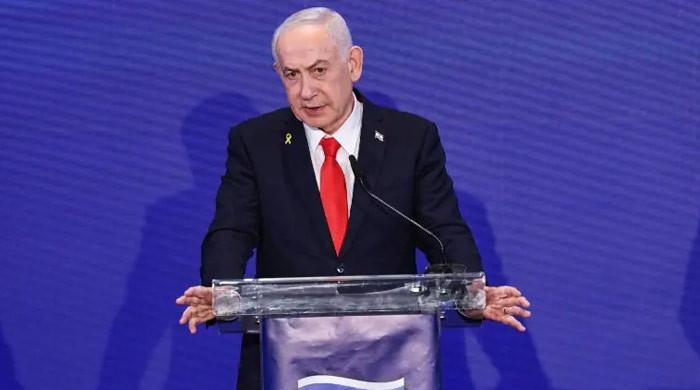
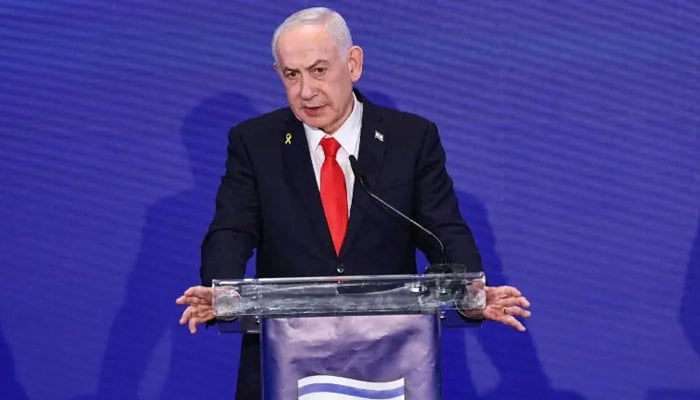
- African Union rejects recognition of Somaliland.
- Somalia condemns Israel’s move as unlawful.
- Egypt, Turkey, Djibouti discuss Horn of Africa tensions.
Israel became the first country to formally recognise the self-declared Republic of Somaliland as an independent and sovereign state on Friday — a decision that could reshape regional dynamics and test Somalia’s longstanding opposition to secession.
Prime Minister Benjamin Netanyahu said Israel would seek immediate cooperation with Somaliland in agriculture, health, technology and the economy. In a statement, he congratulated Somaliland’s president, Abdirahman Mohamed Abdullahi, praised his leadership and invited him to visit Israel.
Netanyahu said the declaration “is in the spirit of the Abraham Accords, signed at the initiative of President Trump.”
The 2020 accords were brokered by Trump’s first administration and included Israel formalising diplomatic relations with the United Arab Emirates and Bahrain, with other countries joining later.
Netanyahu, Foreign Minister Gideon Saar and Somaliland’s president signed a joint declaration of mutual recognition, the Israeli statement said.
Abdullahi said in a statement that Somaliland would join the Abraham Accords, calling it a step toward regional and global peace. He said Somaliland was committed to building partnerships, boosting mutual prosperity and promoting stability across the Middle East and Africa.
But Somalia’s government condemned Israel’s move as an “unlawful step” and a “deliberate attack” on its sovereignty, rejecting any recognition of Somaliland, according to a statement from the prime minister’s office.
“The federal government affirms its determination to pursue all necessary diplomatic, political, and legal measures, in accordance with international law, to defend its sovereignty, unity, and internationally recognised borders,” the statement said.
Egypt said Foreign Minister Badr Abdelatty held phone calls on Friday with his counterparts from Somalia, Turkey and Djibouti to discuss what they described as dangerous developments in the Horn of Africa following Israel’s announcement.
The ministers condemned Israel’s recognition of Somaliland, reaffirmed their full support for Somalia’s unity and territorial integrity, and warned that recognising breakaway regions posed a threat to international peace and security, Egypt’s foreign ministry said.
The African Union also rejected any recognition of Somaliland, reaffirming its “unwavering commitment” to Somalia’s unity and territorial integrity and warning that such moves risked undermining peace and stability across the continent, the AU Commission chair said.
Somaliland has enjoyed effective autonomy — and relative peace and stability — since 1991 when Somalia descended into civil war, but the breakaway region has failed to receive recognition from any other country.
Over the years, Somalia has rallied international actors against any country recognising Somaliland.
The former British protectorate hopes that recognition by Israel will encourage other nations to follow suit, increasing its diplomatic heft and access to international markets.
In March, Somalia and Somaliland denied receiving any proposal from the United States or Israel to resettle Palestinians from Gaza, with Mogadishu saying it categorically rejected any such move.
Politics
Thailand, Cambodia agree to ‘immediate’ ceasefire: joint statement
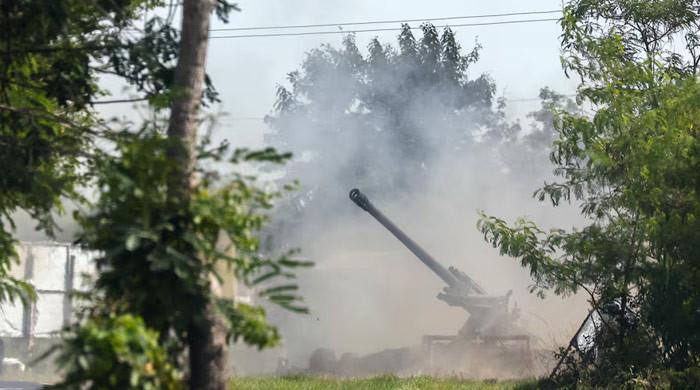
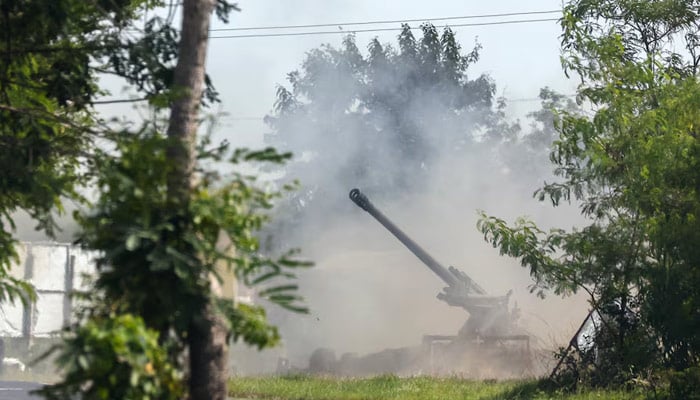
- Ceasefire deal follows days of talks between Thailand, Cambodia.
- Nearly one million displaced by Thailand-Cambodia border clashes.
- Both sides agree to cooperate on demining efforts, combating cybercrime.
Thailand and Cambodia agreed to an “immediate” ceasefire on Saturday, the two countries said in a joint statement issued by the Cambodian side, pledging to end weeks of deadly border clashes.
The neighbours’ long-standing border conflict reignited this month, shattering an earlier truce and killing at least 47 people, according to official counts. Around a million people have also been displaced.
“Both sides agree to an immediate ceasefire after the time of signature of this Joint Statement with effect from 12:00 hours noon (local time) on 27 December 2025, involving all types of weapons, including attacks on civilians, civilian objects and infrastructures, and military objectives of either side, in all cases and all areas,” said the statement signed by the two countries´ defence ministers.
Both sides agree to freeze all troop movements and allow civilians living in border areas to return home as soon as possible, the statement said.
They also agree to cooperate on demining efforts and combating cybercrime.
The ceasefire will go into effect at 12:00pm (0500 GMT) to end the battling over a smattering of ancient temples in disputed zones along the two countries´ shared frontier.
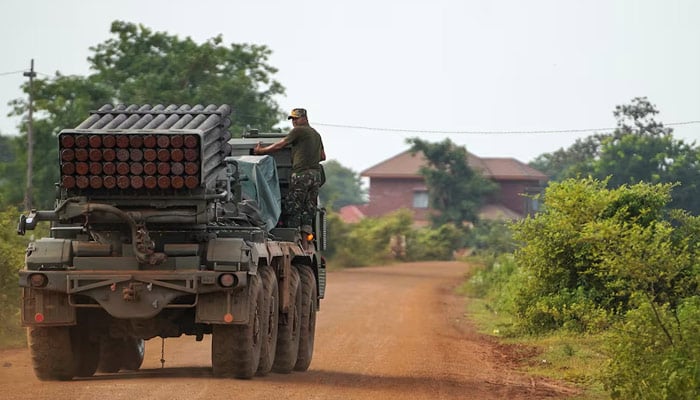
It comes after three days of border talks announced following a crisis meeting of foreign ministers from the Association of Southeast Asian Nations (ASEAN), of which both Cambodia and Thailand are members.
The United States, China and Malaysia also pushed for the warring neighbours to resume their ceasefire.
The three countries brokered a truce to end five days of deadly clashes in July, but the ceasefire was short-lived.
-
Sports1 week ago
Alabama turned Oklahoma’s College Football Playoff dream into a nightmare
-

 Entertainment1 week ago
Entertainment1 week agoRare look inside the secret LEGO Museum reveals the system behind a toy giant’s remarkable longevity
-

 Business1 week ago
Business1 week agoGold prices in Pakistan Today – December 20, 2025 | The Express Tribune
-
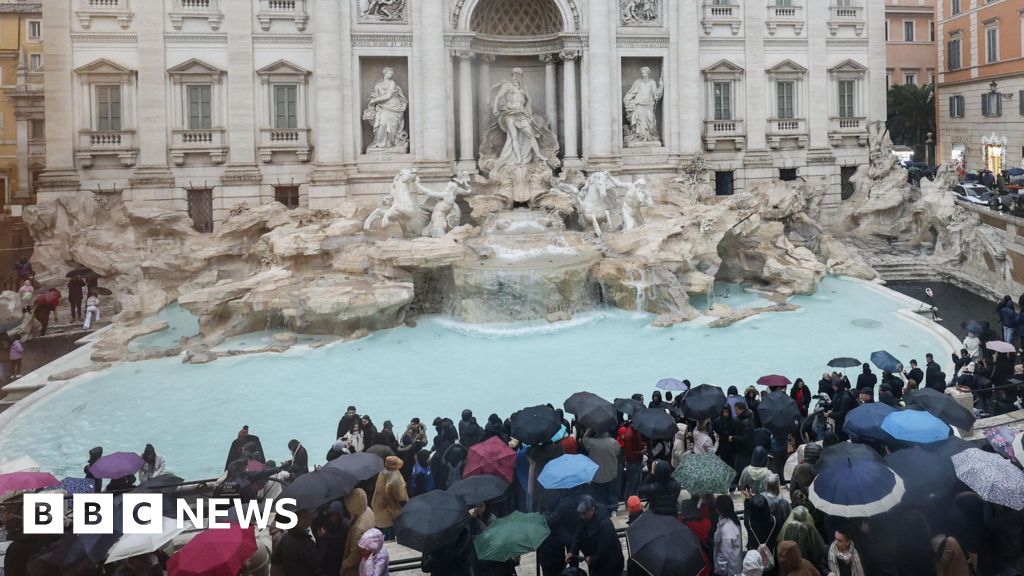
 Business1 week ago
Business1 week agoRome: Tourists to face €2 fee to get near Trevi Fountain
-

 Entertainment1 week ago
Entertainment1 week agoIndia drops Shubman Gill from T20 World Cup squad
-

 Entertainment1 week ago
Entertainment1 week agoZoe Kravitz teases fans with ring in wedding finger
-

 Tech1 week ago
Tech1 week agoWe Tried and Tested the Best Gifts for Plant Lovers With Our Own Green Thumbs
-

 Fashion1 week ago
Fashion1 week agoColumbia launches star-studded US Curling team uniforms for 2026






